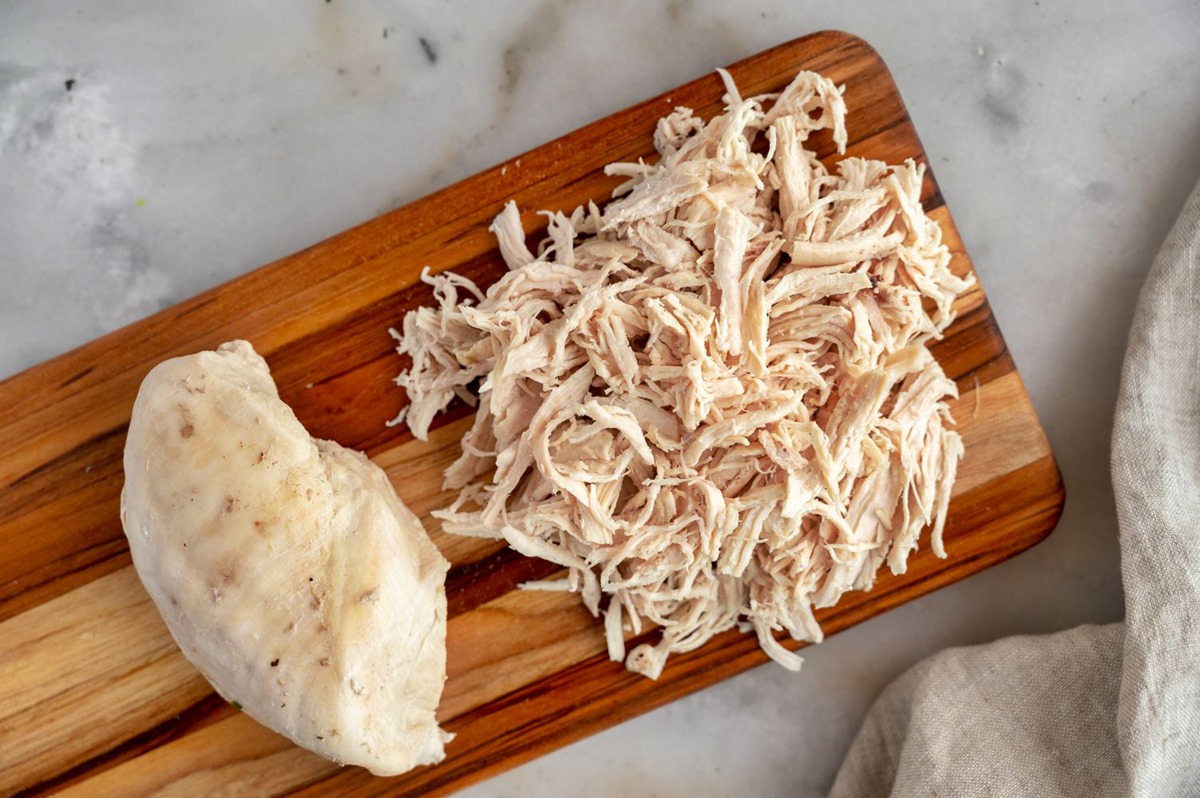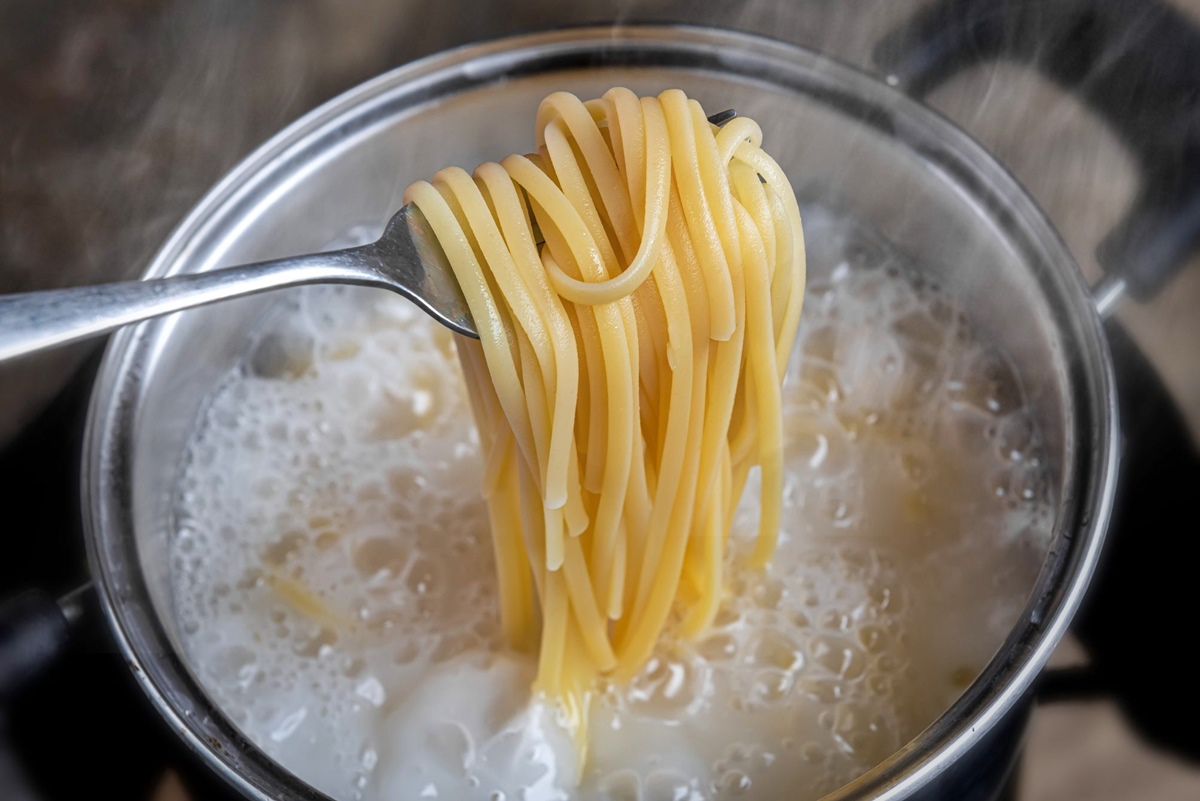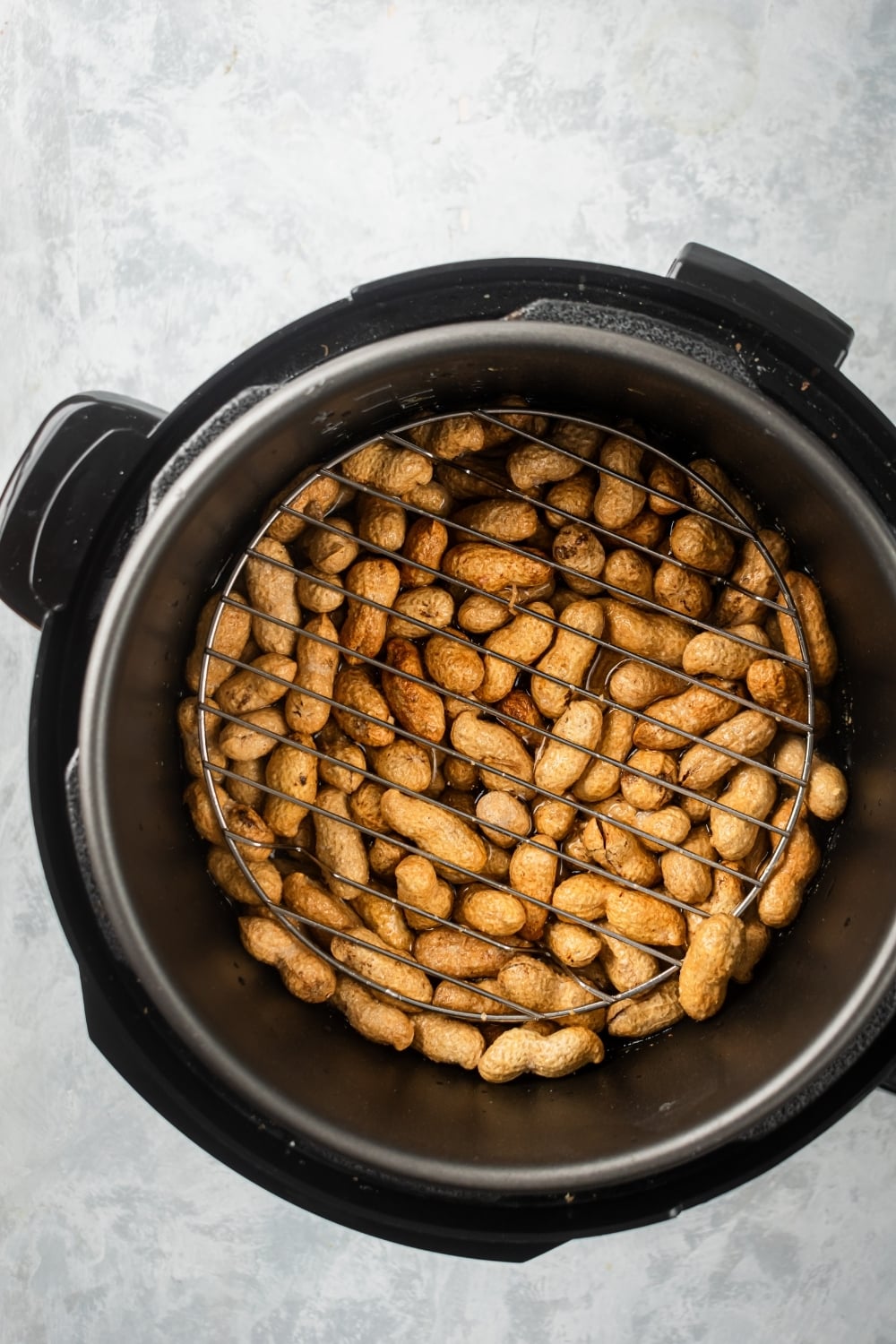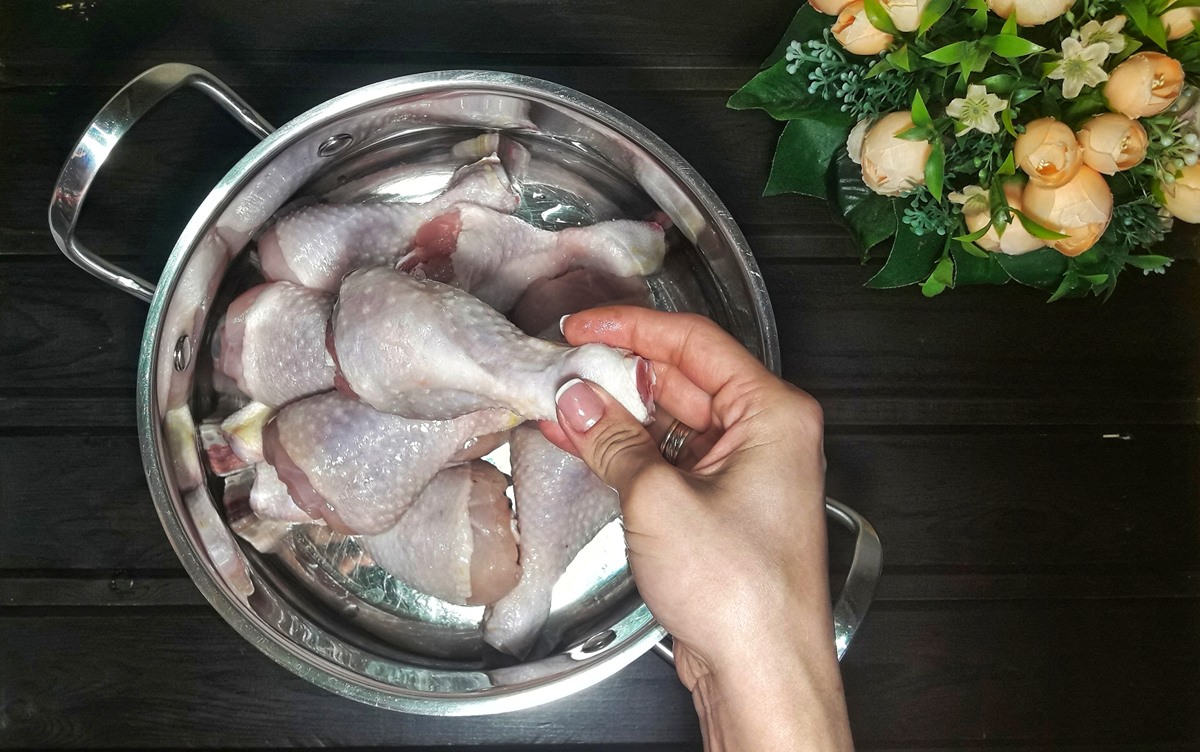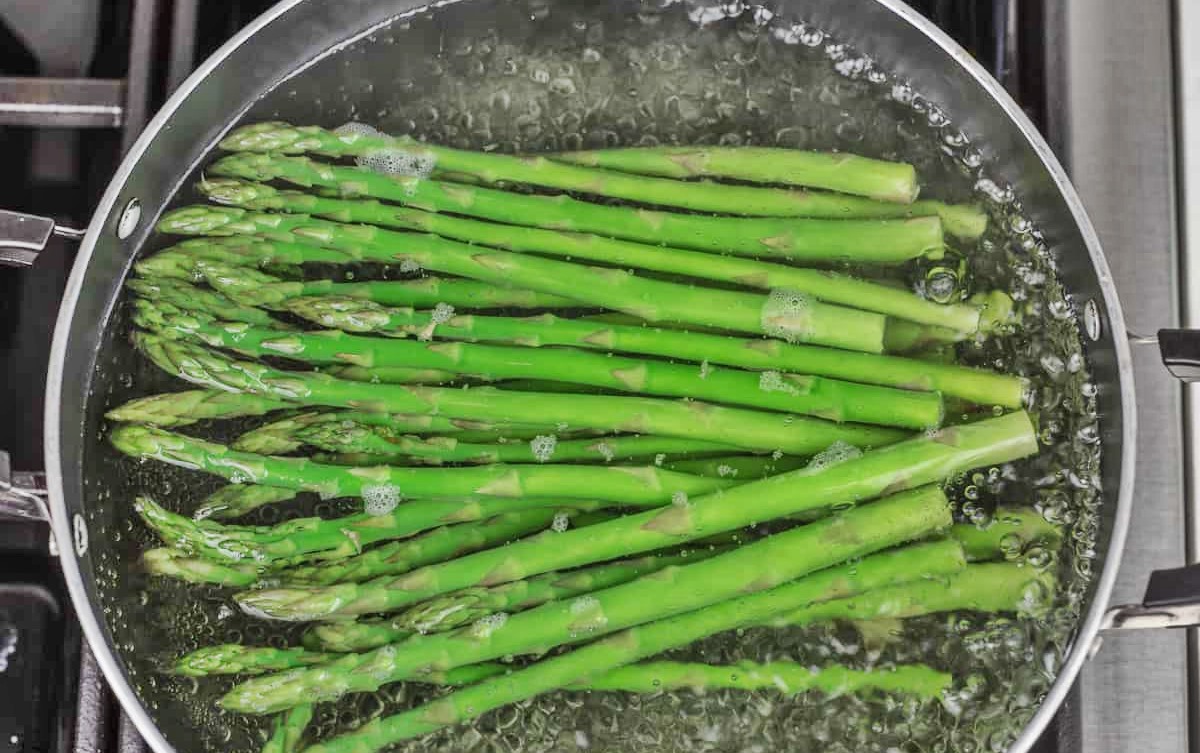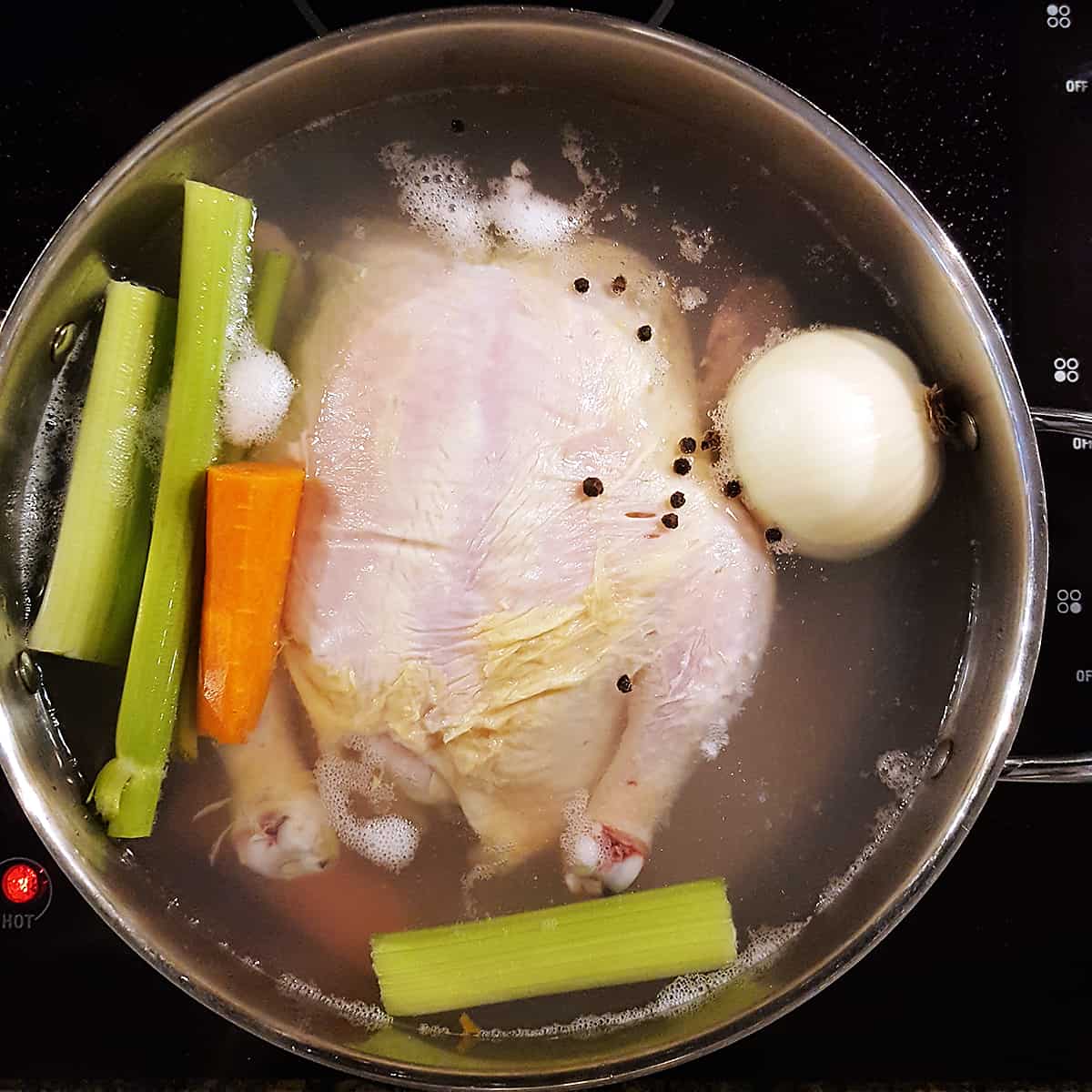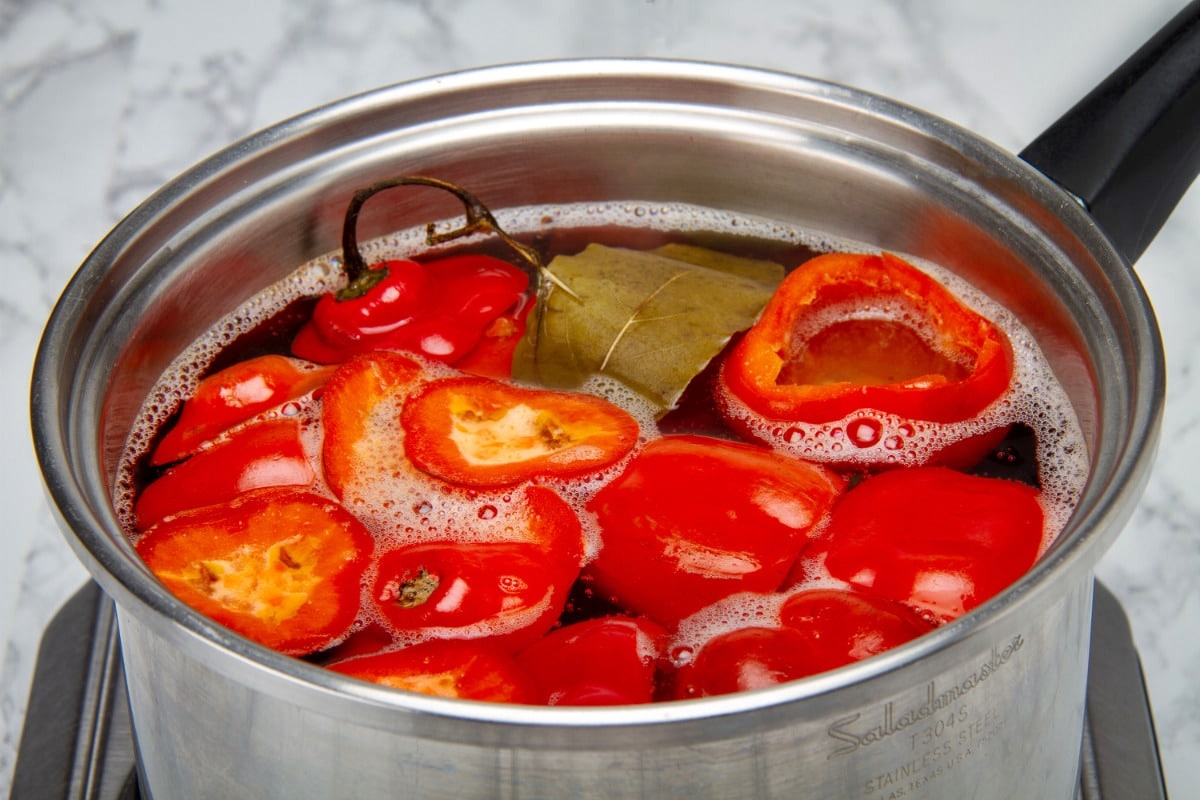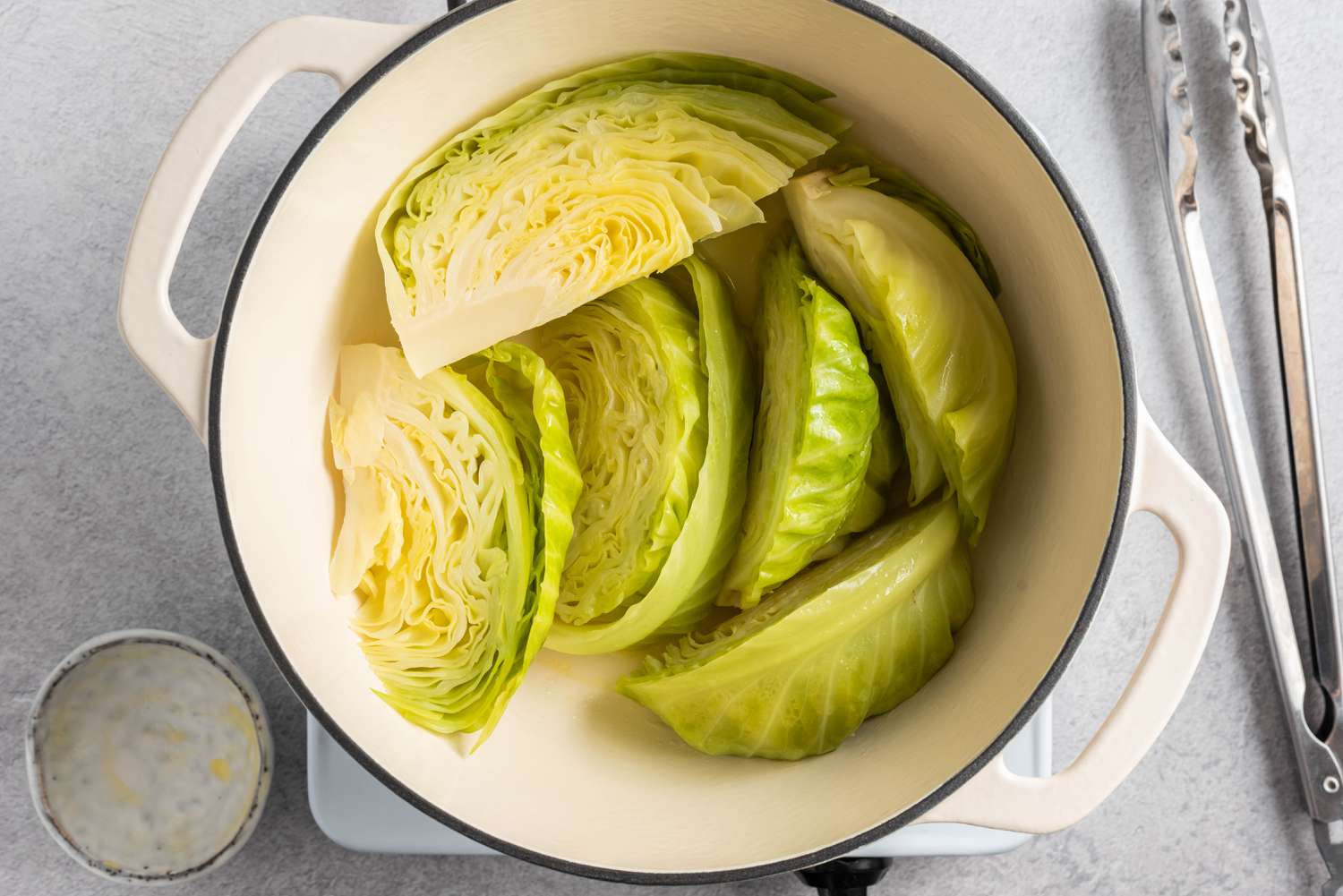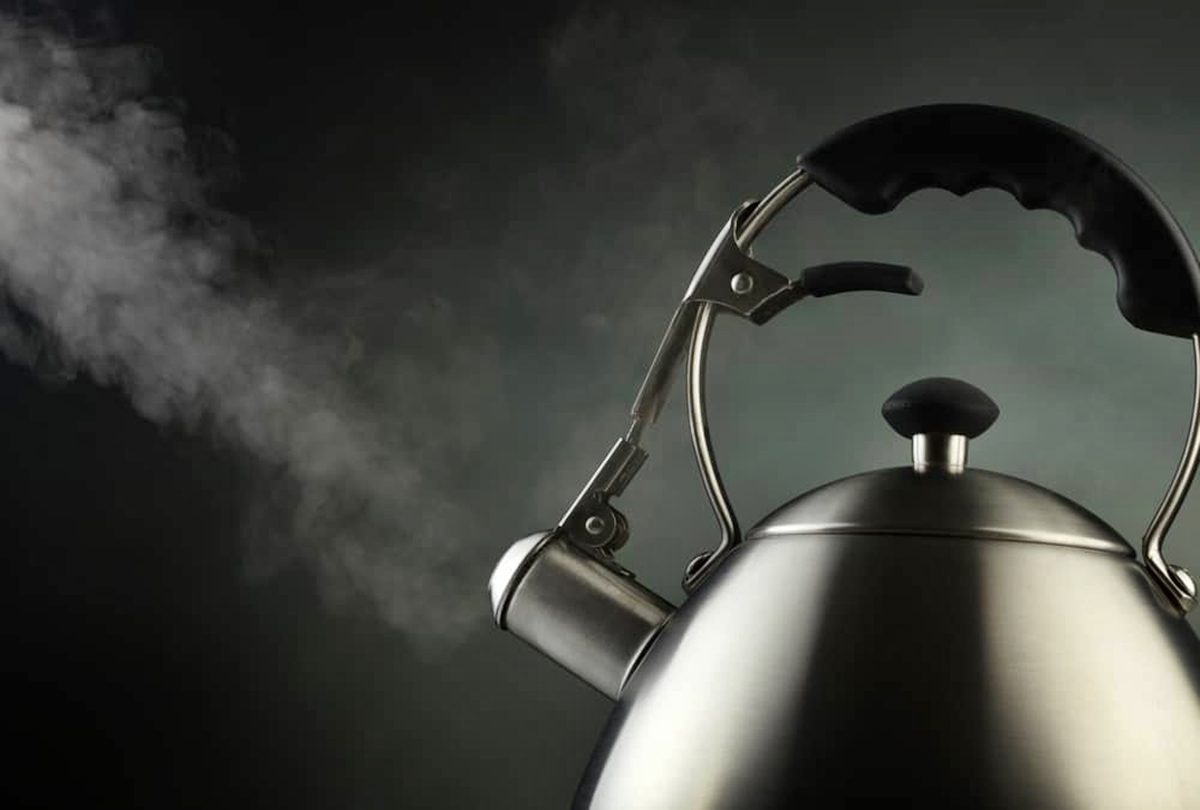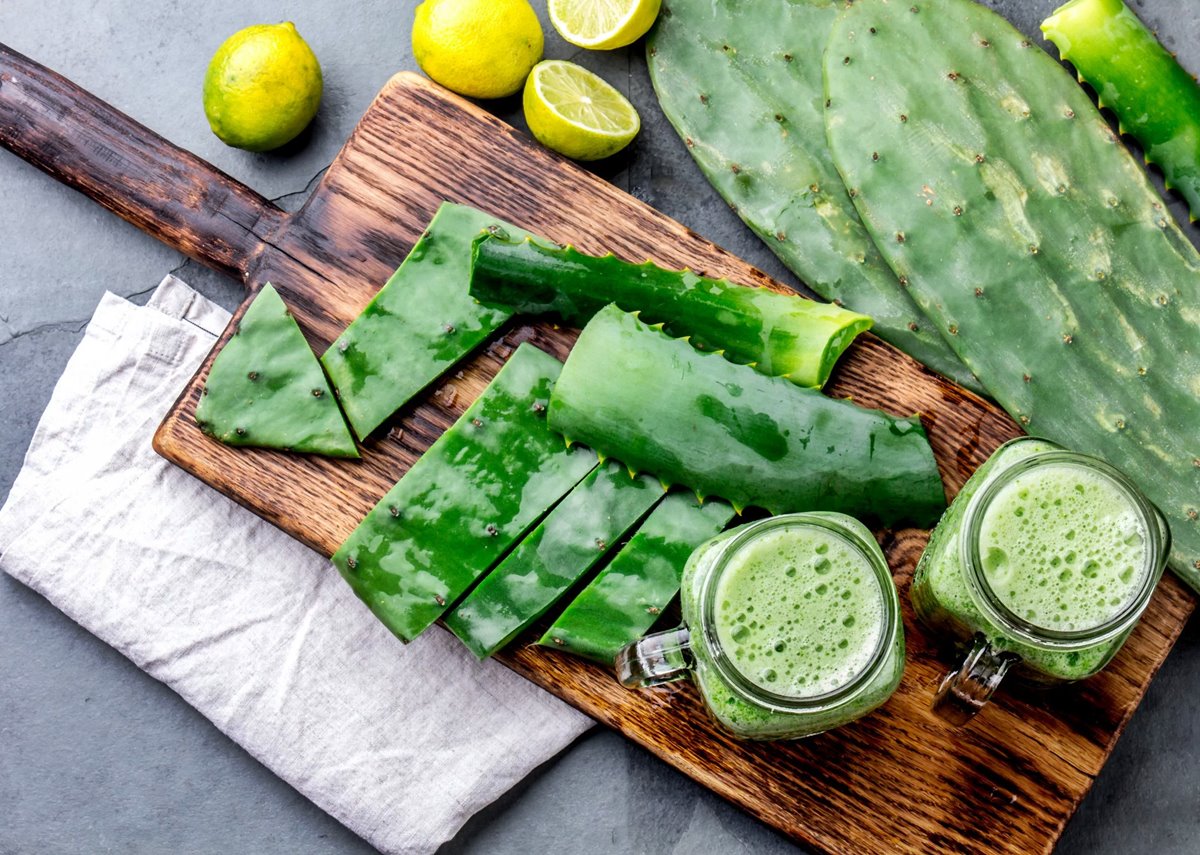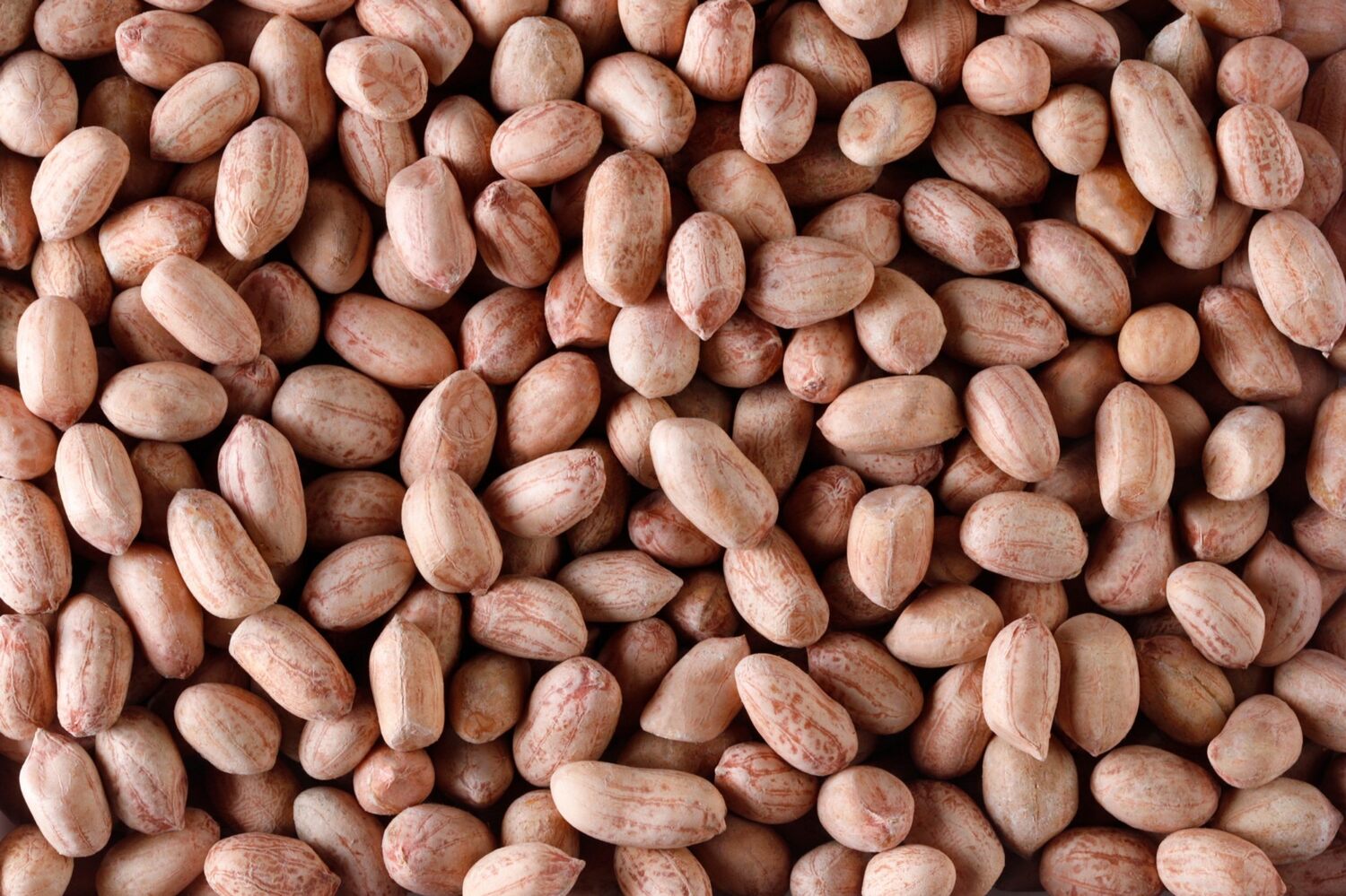How To Boil Chestnut: A Delicious and Nutritious Treat
If you’re looking for a simple yet satisfying way to enjoy the mouthwatering flavor and nutritional benefits of chestnuts, boiling them is a great option. Boiling chestnuts not only enhances their natural sweetness but also makes them soft and easy to peel, creating the perfect treat for snacking or incorporating into your favorite recipes. In this article, we’ll guide you through the simple steps of boiling chestnuts to perfection.
What You Will Need
Before diving into the boiling process, make sure you have the following essentials on hand:
- Fresh chestnuts (as many as desired)
- A large pot
- Water
- A sharp knife
- A slotted spoon
- A colander
The Boiling Process
Now that you have everything ready, let’s get started with the boiling process:
- Start by preparing the chestnuts. Use a sharp knife to carefully score an “X” on the flat side of each chestnut. This step allows the steam to escape during boiling, preventing them from exploding.
- Place the scored chestnuts in a large pot and add enough water to cover them fully.
- Bring the water to a boil over medium-high heat.
- Once the water reaches a rolling boil, reduce the heat to low and let the chestnuts simmer for approximately 15-20 minutes. The exact cooking time may vary depending on the size of the chestnuts, so it’s a good idea to check one for doneness before removing them from the heat.
- Using a slotted spoon, carefully transfer the boiled chestnuts to a colander.
- Rinse the chestnuts under cold water to cool them down and make them easier to handle.
- Once cooled, it’s time to peel the chestnuts. Gently remove the shells, starting from the scored “X” on each nut. If the chestnuts are cooked properly, the shells should come off easily, revealing the tender, creamy flesh inside.
Serving Suggestions
Now that you have a bowl of perfectly boiled and peeled chestnuts, let’s explore some delicious ways to enjoy them:
- Snacking: Enjoy the chestnuts as a snack on their own, savoring their natural sweetness and unique flavor.
- Roasting: Take your boiled chestnuts to the next level by roasting them in the oven with a sprinkle of salt or your favorite spices.
- Recipes: Use boiled chestnuts in various recipes, such as soups, stews, stuffing, or even desserts like chestnut mousse or chestnut cake.
- Healthy toppings: Add boiled chestnuts to salads or grain bowls for a nutrient-rich and satisfying addition.
The Nutritional Benefits of Chestnuts
Boiled chestnuts not only taste delicious but are also packed with essential nutrients. They are a great source of fiber, vitamin C, potassium, and antioxidants. Additionally, chestnuts are low in fat and calories, making them a healthy choice for snacking or adding to your favorite dishes.
So, whether you’re looking for a delightful snack or a versatile ingredient, boiling chestnuts is a simple and rewarding technique. Now that you know how to boil chestnuts, it’s time to explore the endless possibilities of enjoying these nutritious treats. Get your pot ready and savor the delightful flavors of boiled chestnuts!
Was this page helpful?
Read Next: How To Boil Sweetcorn
